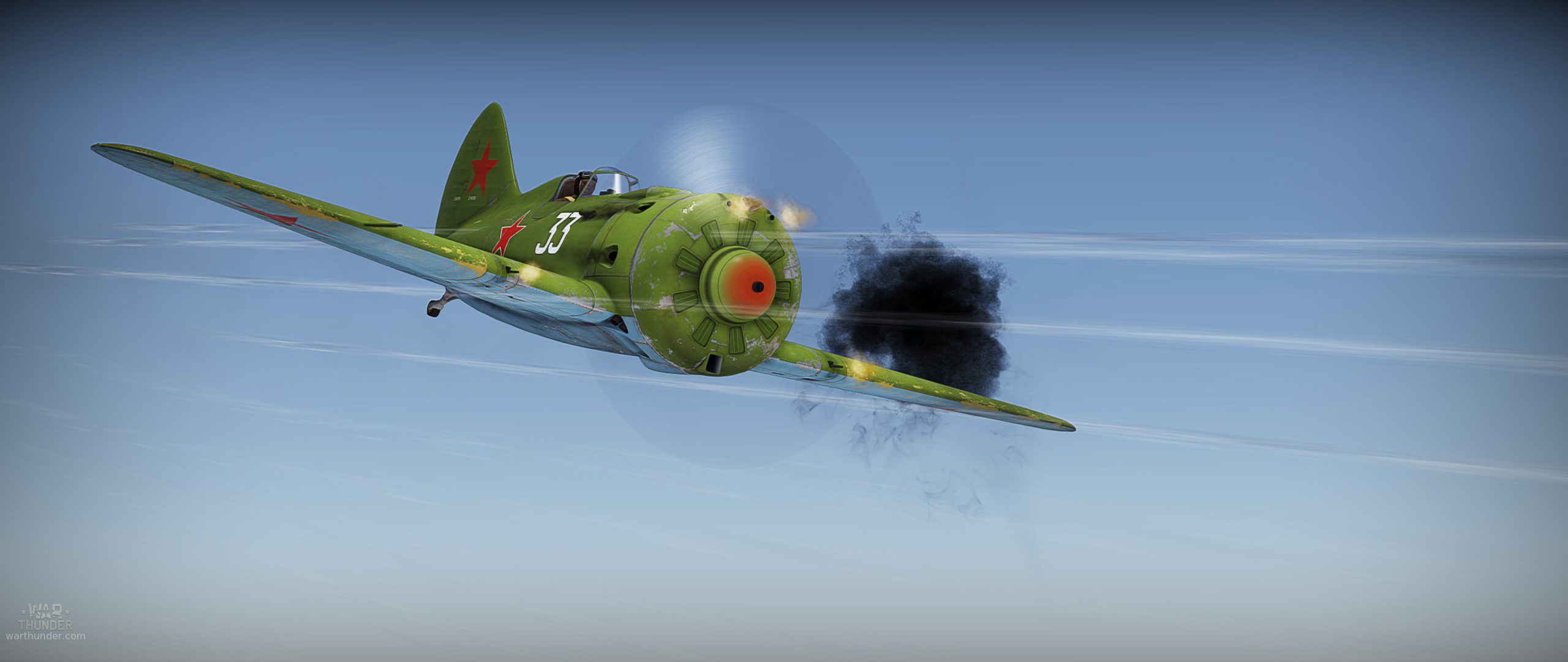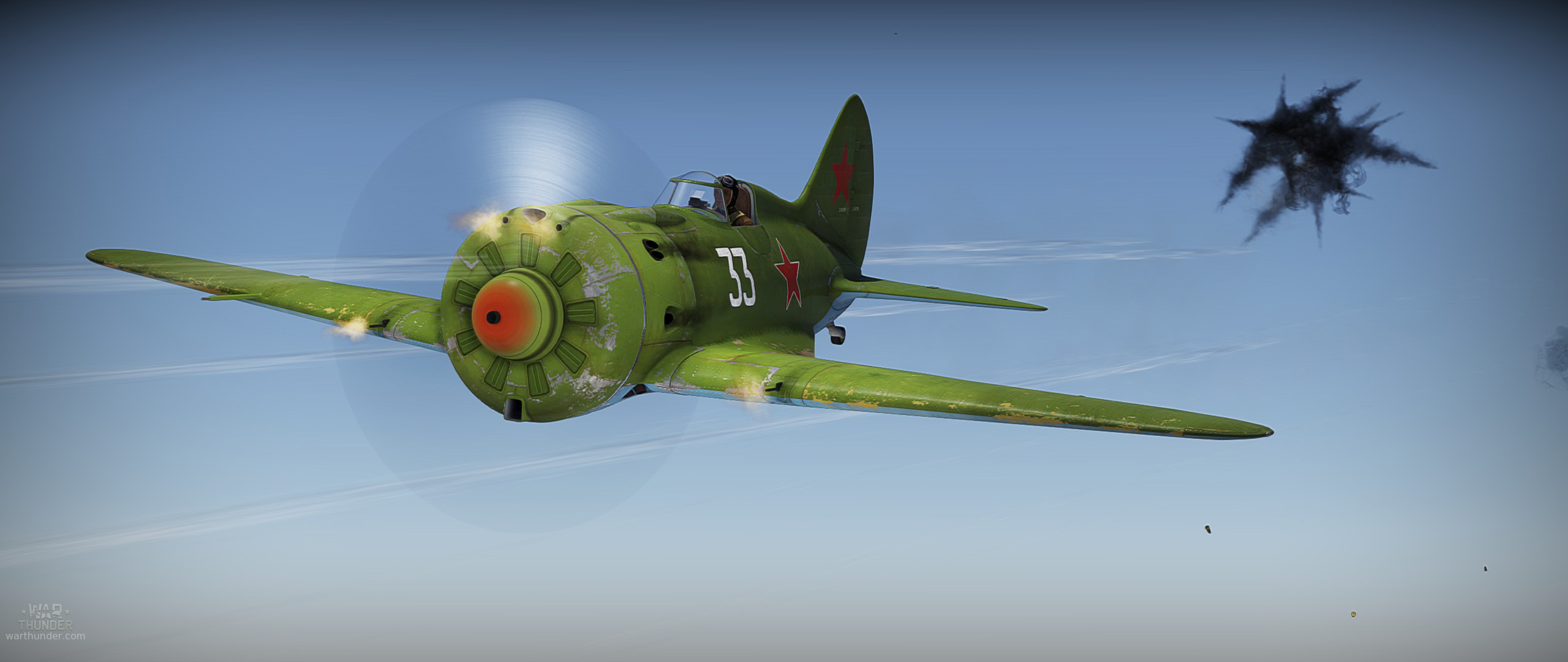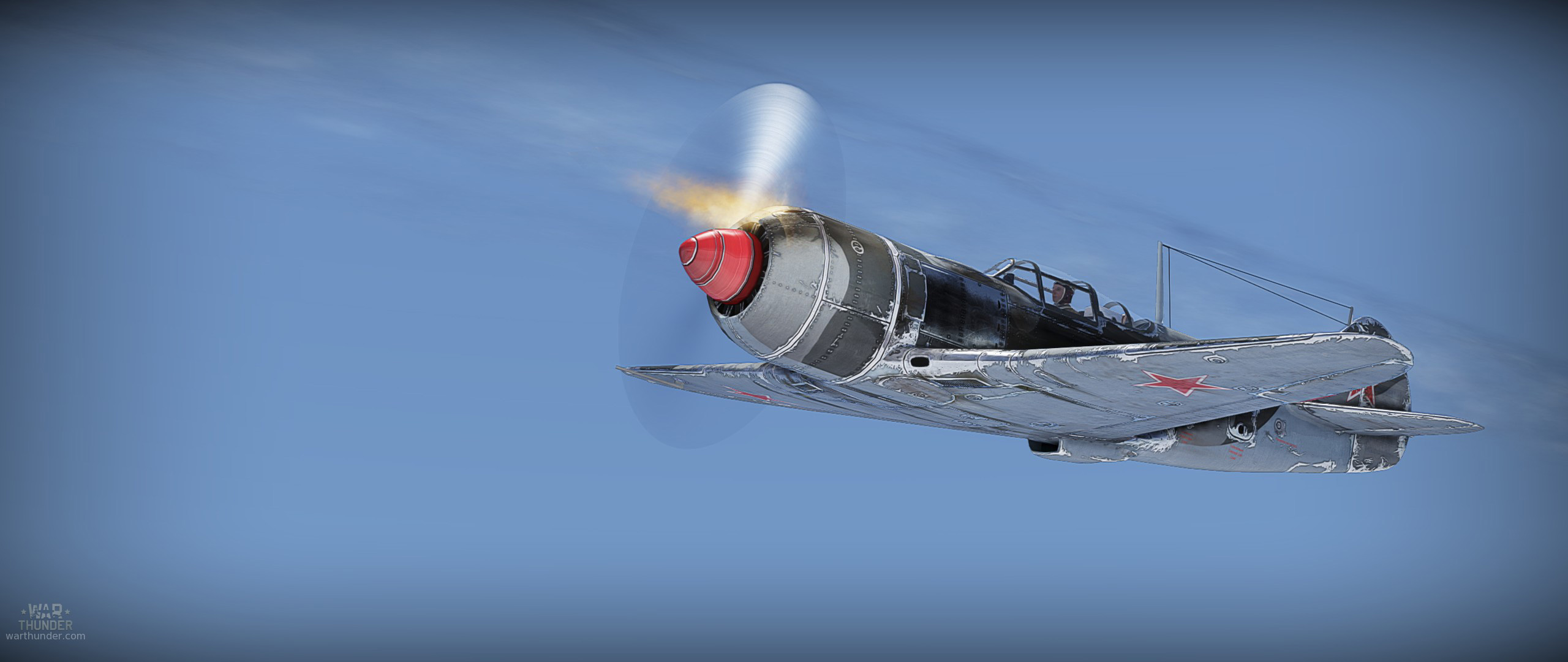
- For PC
- For MAC
- For Linux
- OS: Windows 7 SP1/8/10 (64 bit)
- Processor: Dual-Core 2.2 GHz
- Memory: 4GB
- Video Card: DirectX 10.1 level video card: AMD Radeon 77XX / NVIDIA GeForce GTX 660. The minimum supported resolution for the game is 720p.
- Network: Broadband Internet connection
- Hard Drive: 17 GB
- OS: Windows 10/11 (64 bit)
- Processor: Intel Core i5 or Ryzen 5 3600 and better
- Memory: 16 GB and more
- Video Card: DirectX 11 level video card or higher and drivers: Nvidia GeForce 1060 and higher, Radeon RX 570 and higher
- Network: Broadband Internet connection
- Hard Drive: 95 GB
- OS: Mac OS Big Sur 11.0 or newer
- Processor: Core i5, minimum 2.2GHz (Intel Xeon is not supported)
- Memory: 6 GB
- Video Card: Intel Iris Pro 5200 (Mac), or analog from AMD/Nvidia for Mac. Minimum supported resolution for the game is 720p with Metal support.
- Network: Broadband Internet connection
- Hard Drive: 17 GB
- OS: Mac OS Big Sur 11.0 or newer
- Processor: Core i7 (Intel Xeon is not supported)
- Memory: 8 GB
- Video Card: Radeon Vega II or higher with Metal support.
- Network: Broadband Internet connection
- Hard Drive: 95 GB
- OS: Most modern 64bit Linux distributions
- Processor: Dual-Core 2.4 GHz
- Memory: 4 GB
- Video Card: NVIDIA 660 with latest proprietary drivers (not older than 6 months) / similar AMD with latest proprietary drivers (not older than 6 months; the minimum supported resolution for the game is 720p) with Vulkan support.
- Network: Broadband Internet connection
- Hard Drive: 17 GB
- OS: Ubuntu 20.04 64bit
- Processor: Intel Core i7
- Memory: 16 GB
- Video Card: NVIDIA 1060 with latest proprietary drivers (not older than 6 months) / similar AMD (Radeon RX 570) with latest proprietary drivers (not older than 6 months) with Vulkan support.
- Network: Broadband Internet connection
- Hard Drive: 95 GB

Vasily Fedorovich Golubev was born in 1912 in Kamenka, near Leningrad in the northwest of modern day Russia. Growing up in a rural environment, Golubev’s father encouraged him to seek employment in the city and so he moved to Leningrad as an adolescent, finding work in a factory. However, the young Golubev dreamed of a life as a pilot and so applied to join the military – he was first rejected for being too young and then, two years later, rejected again on medical grounds.
 |
Undeterred, Golubev joined the Soviet army as a private soldier at the age of 21 – he became a parachute instructor and also learned to fly gliders in his spare time. This led on to flying, and eventually instructing on powered aircraft. The determined Golubev still would not let go of his dream to fly as a military aviator and was eventually transferred across for formal pilot training in 1939. Unsurprisingly haven already gained experience privately as an instructor, Golubev’s grades during training were excellent and he qualified in 1940, being selected for fighters.
By the time of the German invasion, Golubev was flying I-16s as part of the Baltic Fleet; during the summer of 1941 he transferred across to the 13th IAP (Fighter Aviation Regiment). On June 28th he shot down a Junkers Ju 88; a Bf109E fell to his guns only a few days later. However, on July 13th he misidentified an enemy aircraft a Ju 88 and carried out a head on attack – only to find he was nose to nose with a Bf110. Golubev only just managed to nurse his shattered aircraft back to his airfield. The 13th IAP continued to bravely face the superior German fighters in their outclassed I-16s – he was shot down again in August and spent a month recovering in hospital.
Golubev’s bad luck was not over – after recovering he returned to his unit to find they had already retreated. He found a damaged I-16 with no guns and decided to use it to catch up with his comrades: he was again shot down and had to swim to the shore of Lake Ladoga after ditching. In October Golubev was detached to the Hanko peninsula to defend Soviet shipping from Finnish and German air raids. Golubev scored several victories against Finnish aircraft but the Soviet fighter pilots found themselves struggling against the new Bf109F which appeared in the area with the Luftwaffe.
 |
| An I-16 in War Thunder, one of the aircraft used by Golubev during his early career |
A string of casualties suffered by the regiment resulted in personnel being reallocated, and Golubev was given command of the 3rd squadron of the 13th IAP in January 1942. He wasted no time in implementing a number of changes: he formalized the pre-flight briefing process to make sure his pilots were fully versed in what was expected of them and how they fitted into the plan for each task; whilst on patrol he staggered his squadron in pairs at various altitudes to cover a large area and ensure that as many pairs as possible would be covered from above and behind. He also noticed that German aircraft would often position themselves to attack Soviet aircraft that were returning home when low on fuel and ammunition – Golubev ensured that adequate protection was provided for these vulnerable aircraft who were heading for home.
His efforts paid dividends almost immediately – the 3rd Squadron quickly became the most successful in the regiment. On March 12th Golubev shot down two Bf109Fs in a single engagement – one crash landed at the 3rd Squadron’s aerodrome; the pilot – a 26 kill ace – died shortly afterwards. He was Golubev’s 15th victory.
Only days later, the 13th IAP was recognised for its valour and success when it was redesignated the 4th Guards Fighter Aviation Regiment. In autumn Golubev became the regiment’s Second-in –Command and shortly after this he was awarded the gold star medal of Hero of the Soviet Union. In January 1943 the regiment was finally withdrawn from combat to re-equip with the Lavochkin La-5 fighter. This was long overdue as the regiment had been fighting on with the obsolete I-16 – although even with this outdated fighter, Golubev had managed to shoot down two Focke-Wulf FW190s. At the controls of the new fighter, Golubev’s victories against German and Finnish foe alike continued. By the end of the year, Golubev had been given command of the 4th GIAP.
 |
| A late war La-7 in War Thunder, the aircraft Golubev was using at the end of the war |
Although now taking more of a leadership role, Golubev continued to fly on operational sorties. In February 1944 he shot down a Bf110 – his 38th kill – but the enemy aircraft exploded so close to Golubev’s fighter that pieces of the Bf110 were found in the Soviet fighter’s wing and engine cylinders, and the explosion itself damaged the Soviet ace’s left eardrum. In June 1944 Golubev claimed his 39th and last victory – an FW190 – over the Gulf of Finland.
Golubev continued to serve in the VVS until the end of the war, his regiment finishing the conflict on the La-7 fighter. He then elected to remain in the military. In 1951 he graduated from the Soviet General Staff Academy and then commanded the Air Division of the Northern Fleet. He retired as a Lieutenant General and would later become a senior lecturer at the General Staff Academy as well as acting as a senior defense advisor to Egypt between 1968 and 1970.
Remembered perhaps more as a great leader of men and inspired tactician over his accomplishments as a fighter pilot, Vasily Fedorovich Golubev was twice awarded the Red Star of Hero of the Soviet Union as well as the Order of Lenin on two occasions and the Order of the Red Banner on no fewer than seven occasions. Having flown 589 sorties during the Great Patriotic War and shot down 39 aircraft individually and 12 shared (although some sources cite different numbers) he passed away on April 17th 2001.
About The Author
 |
Mark Barber, War Thunder Historical Consultant Mark Barber is a pilot in the British Royal Navy's Fleet Air Arm. His first book was published by Osprey Publishing in 2008; subsequently, he has written several more titles for Osprey and has also published articles for several magazines, including the UK's top selling aviation magazine 'FlyPast'. His main areas of interest are British Naval Aviation in the First and Second World Wars and RAF Fighter Command in the Second World War. He currently works with Gaijin Entertainment as a Historical Consultant, helping to run the Historical Section of the War Thunder forums and heading up the Ace of the Month series. |



